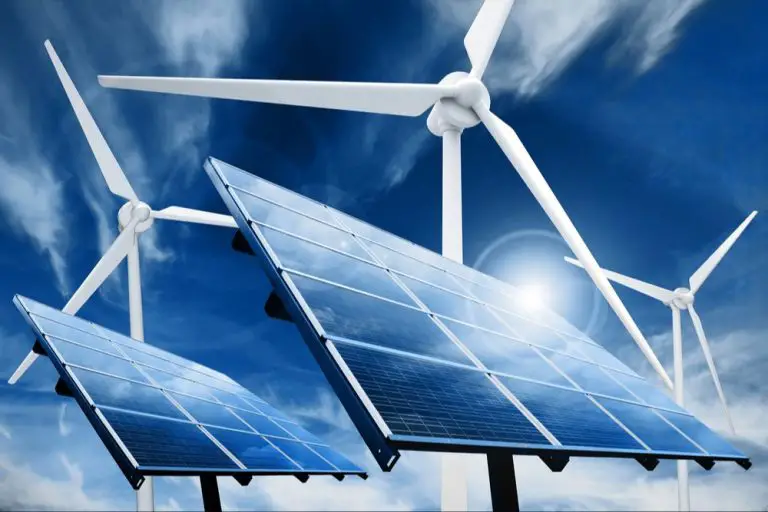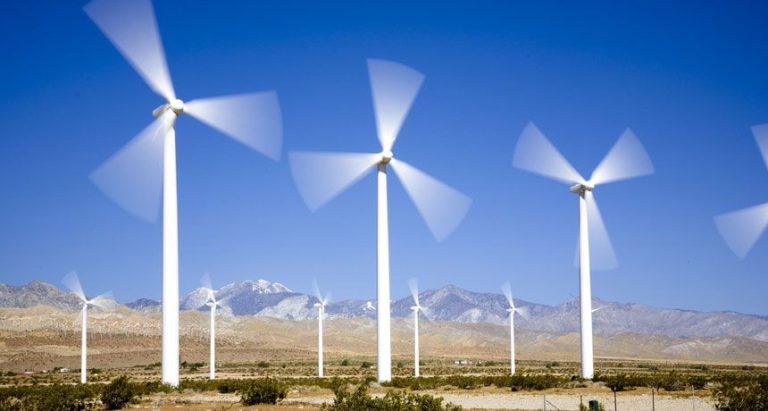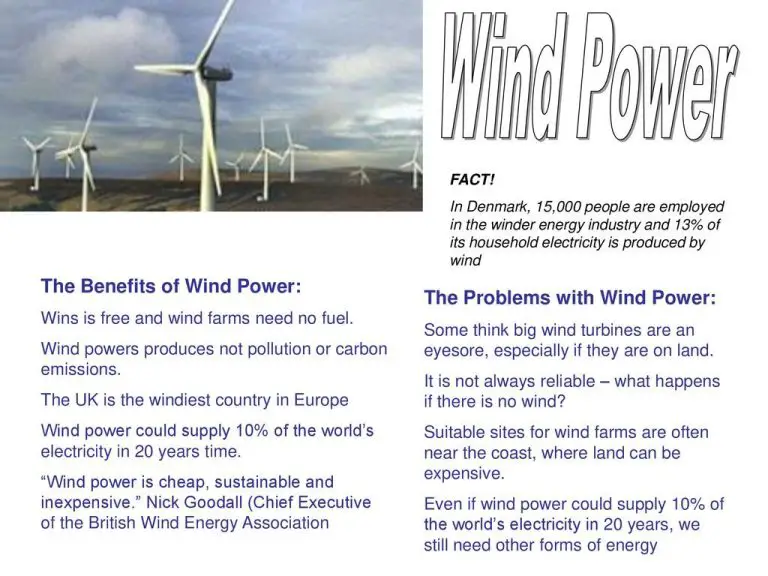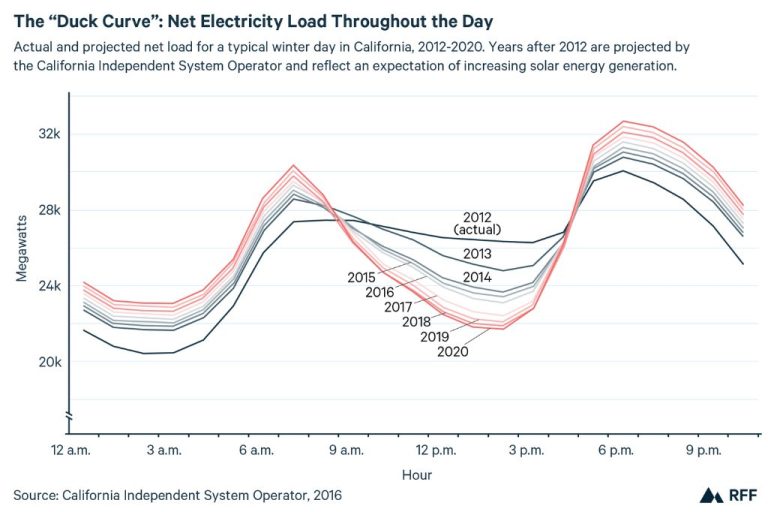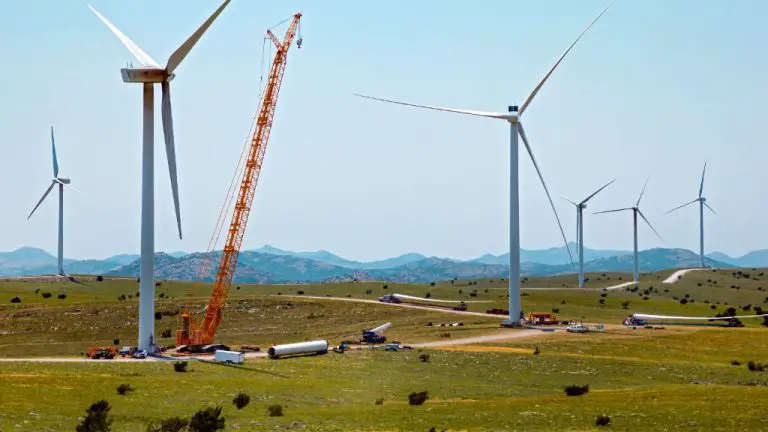How Is The Wind Power?
Wind power harnesses the kinetic energy of wind and converts it into electricity using large wind turbines. As a clean, renewable source of energy, wind power plays a vital role in the transition away from fossil fuels toward more sustainable energy systems. The amount of electricity generated from wind power has increased dramatically in recent years. According to the U.S. Energy Information Administration, wind power generation in the United States grew from 6 billion kilowatt-hours in 2000 to 338 billion kilowatt-hours in 2020.
Wind power offers many benefits, such as producing no greenhouse gas emissions during operation and using a free, renewable fuel source—the wind. Expanding wind power generation helps reduce dependence on finite fossil fuels, enhances energy security, and creates skilled jobs in manufacturing, installation and maintenance. However, it also faces challenges related to intermittent generation, land use requirements, and local community opposition. Overall, wind power represents an important component of a diversified, low-carbon power generation portfolio as countries seek to address climate change.
History of Wind Power
Wind power has been harnessed for thousands of years. The earliest uses likely involved sailing ships that utilized the wind to propel across water. There is evidence that wind mills were used to grind grain in Persia as early as 200 B.C. Vertical axis windmills were also developed independently in China during the first century A.D. and used for irrigation and grinding grain.
In the 7th century A.D., vertical axis windmills appeared in the Middle East. These early windmills used the drag principle and caught the wind via reefing sails. Horizontal axis windmills, which spin around a vertical axis, began appearing in Europe during the Middle Ages. Used to grind grain or pump water, these windmills with four sails were an important source of power through the 18th century.
The American colonies also adopted windmill technology in the 17th century, using European designs to pump water and grind grain. By the 19th century, with the development of steam power, windmill use began to decline, though continued to be used in rural areas without electricity access.
Modern Wind Turbine Technology
Modern wind turbines come in two main designs: horizontal axis and vertical axis. Horizontal axis turbines are the most common today. They have blades that spin perpendicular to the ground, like a windmill. Vertical axis turbines have blades that spin vertically, like an eggbeater.
The main components of a horizontal axis wind turbine include:
- Rotor – the blades and hub that rotate when wind blows
- Nacelle – the body that contains the gearbox, generator, etc.
- Tower – the tall column that supports the nacelle and rotor
Within the nacelle are the gearbox, generator, brakes, and controls. The gearbox increases the rotational speed from the rotor to spin the generator rapidly. The generator uses magnetic fields to convert the rotational energy into electrical energy. The nacelle can turn to face into the wind. Brakes control the rotor speed and stop it from spinning during maintenance. Controllers monitor wind conditions to optimize power output (https://www.alternative-energy-tutorials.com/wind-energy/wind-turbine-design.html).
Vertical axis turbines have some advantages, like omnidirectional operation without turning. However, horizontal axis turbines are generally more efficient and make up the vast majority of utility-scale wind turbines today (https://medium.com/@maxtan0626/investigating-the-effective-design-of-the-modern-wind-turbine-8a10dd84e53f).
Wind Power Capacity
Global wind power capacity reached 743 GW by the end of 2020, according to statistics from GWEC (https://www.mdpi.com/1996-1073/15/24/9299). This represents an increase of 53 GW over the previous year. The top countries for installed wind capacity in 2020 were China (281 GW), the United States (122 GW), Germany (62 GW), India (38 GW) and Spain (27 GW). China accounted for over one-third of total global wind capacity.
Wind power has seen rapid growth over the past decade, with global capacity nearly tripling between 2010 and 2020. Factors driving this growth include improvements in turbine technology, cost reductions, and supportive government policies. As wind turbine sizes increase and costs continue to fall, wind is becoming more cost-competitive with fossil fuel sources in many markets.
While the growth outlook remains positive overall, the rate of new wind installations slowed in 2020 due to impacts from the COVID-19 pandemic. Project construction and supply chain disruptions led to delays in 2020. However, the wind power industry is expected to bounce back as pandemic impacts recede.
Cost of Wind Power
The installed cost per megawatt (MW) for onshore wind power in the U.S. ranges from around $1600/kW to $2400/kW according to 2021 estimates, with the average cost around $1800/kW (Cost of Wind vs. Fossil Fuels – MEIC). Offshore wind power has higher installed costs, ranging from around $3000/kW to $5000/kW. However, the levelized cost of electricity (LCOE) from wind power is competitive with conventional fossil fuel sources. According to Lazard’s 2021 estimates, the unsubsidized LCOE for onshore wind ranges from $26/MWh to $54/MWh, compared to $44/MWh to $68/MWh for natural gas combined cycle plants (Cost of Wind vs. Fossil Fuels – MEIC). Offshore wind LCOE ranges from $83/MWh to $121/MWh, which is becoming competitive with other sources as technology improves. The declining installed costs and LCOE make wind power an increasingly affordable renewable energy option.
Environmental Benefits
One of the biggest advantages of wind power is its ability to reduce greenhouse gas emissions and air pollution. Wind turbines produce electricity without emitting any carbon dioxide, the primary greenhouse gas responsible for climate change. According to a study, wind power has helped avoid over 637 million tons of CO2 emissions globally. The expansion of wind energy could avoid up to 7.3 billion tons of CO2 per year by 2050.
In addition to avoiding CO2, wind power reduces emissions of other air pollutants like sulfur dioxide, nitrogen oxides, and particulate matter. These pollutants contribute to acid rain, smog, and respiratory illnesses. A study estimated the monetized value of the reduced emissions from wind power in the Midwestern U.S. at over $100 per MWh. By displacing fossil fuel generation, wind energy provides substantial public health and environmental benefits.
Challenges of Wind Power
While wind energy has several advantages, there are some challenges that must be addressed for it to reach its full potential as a major energy source. Three main challenges include:
Intermittency – The wind does not blow consistently, which means wind turbines do not produce electricity all the time. The average capacity factor for wind turbines is around 35-45%. This intermittency can make it difficult to integrate large amounts of wind energy into the grid compared to more reliable baseload sources like fossil fuels or nuclear power. Energy storage and transmission improvements can help address this challenge. https://www.energy.gov/eere/wind/advantages-and-challenges-wind-energy
Land use constraints – Wind turbines and infrastructure require large areas of land, which can be an issue particularly in densely populated regions. Careful site selection and planning is needed to minimize impacts. Offshore wind farms can help reduce land use constraints. https://kohilowind.com/kohilo-university/201-wind-energy-benefits-challenges/
Bird and bat mortality – Wind turbines can kill birds and bats that collide with the rotating blades. Proper turbine siting and improved blade designs can reduce these impacts. https://www.ndstudies.gov/energy/level1/module-4-wind-hydropower-solar/wind-power-challenges
Offshore Wind Power
Offshore wind power refers to wind farms that are constructed in bodies of water, usually oceans, lakes, and seas. Offshore wind has several key advantages compared to onshore wind power:
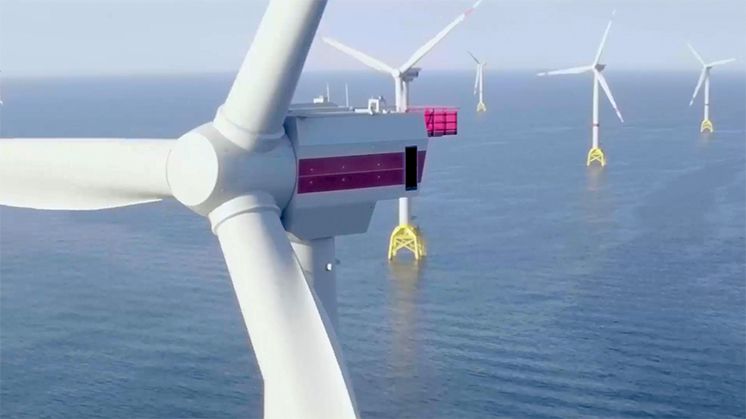
Higher wind speeds: Winds tend to blow stronger and more uniformly offshore compared to onshore sites. This allows offshore wind turbines to generate more electricity.1
Large-scale capacity: Building larger turbines offshore allows more electricity generation per turbine. Offshore wind farms can have hundreds of turbines, leading to economies of scale.1
Less visual impact: Offshore wind projects are built far from shore, reducing their visibility and public concerns about aesthetics.2
However, offshore wind also faces some challenges compared to onshore wind:
Higher costs: Building and maintaining turbines offshore is more expensive due to transportation logistics and marine construction.1
Technical complexity: Accessing and operating turbines offshore is more difficult, especially in high seas. This can lead to higher maintenance costs.1
Environmental concerns: Offshore wind projects can impact marine habitats and species, requiring careful siting and environmental review.2
Overall, offshore wind power holds great potential as an abundant, renewable energy source. But it also requires overcoming key economic and engineering challenges compared to onshore wind projects.
Future of Wind Power
The future looks bright for wind power. According to the Renewable Energy Institute, wind power is expected to supply over one-third of the world’s energy needs by 2050, becoming the number one source of electricity generation globally (Renewable Institute). Major growth is projected, with the Global Wind Energy Council estimating installed wind capacity to reach 2,110 GW by 2030, up from 743 GW in 2021.
This growth will be driven by continued advancements in technology that make wind turbines more efficient and cost-effective. Larger and more advanced turbine designs, like hybrid floating platforms and diffuser-augmented wind turbines, will allow wind farms to be built further offshore and capture stronger and more consistent winds (TRC Companies). Innovation in materials, aerodynamics, and predictive analytics will also maximize power generation. Government policies supporting renewable energy adoption will provide further tailwinds.
Conclusion
In summary, wind power has become an increasingly important source of renewable energy over the past few decades. The development of modern wind turbine technology, including larger turbines with taller towers and longer blades, has allowed wind power capacity to expand rapidly. Many countries now have significant amounts of wind power capacity, and wind energy offers a clean, renewable alternative to fossil fuels. While wind power does face some challenges, such as intermittency and impact on wildlife, it provides many environmental and economic benefits. With continued advancements in turbine technology and energy storage, the future prospects for wind power are quite promising. Wind is poised to play a major role in the global transition towards sustainable energy systems. With strategic planning and support, wind power can expand significantly in coming years to further decarbonize electricity generation.

